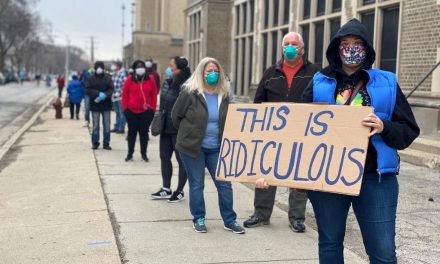Wesley Smith alerts us to the reporting of the Telegraph on this fascinating and important topic:
Scientists have found they can create chimeric animals that have organs belonging to another species by injecting stem cells into the embryo of another species. The researchers injected stem cells from rats into the embryos of mice that had been genetically altered so they could not produce their own organs, creating mice that had rat organs. The researchers say the technique could allow pigs to grow human organs from patient’s stem cells for use as transplants. By using a patient’s own stem cells it could help to reduce the risk of the transplanted organ being rejected while also providing a plentiful supply of donor organs. Current organ shortages mean that patients must endure long waiting lists for transplants.
Smith takes an angle on the story that this justifies ‘more animal research’, but few oppose such research when (as it would in this case) it is done on non-persons and actually saves the lives of persons. (This is to be contrasted, of course, with research that does not obviously lead to the saving of such lives…and certainly implies nothing at all about whether we should eat the meat of other animals who have been factory-farmed.) The real ethics angle on this story should be that yet another exciting therapy is on the horizon wrought of stem cell research that does not destroy human embryos.
And, though you might have missed it, this kind of therapy is nothing new. I argued some years ago that the most exciting development that (virtually) no one seems to be talking about is the work done by Dr. Anthony Atala and Wake Forest Institute for Regenerative Medicine with the pluripotent stem cells found in amniotic fluid. More than five years ago, Atala and company had used such cells to build a new bladder in a laboratory and successfully transplant it into human persons. And this past March they reported successful implantation of urethras–also made in a lab from this proven, ultra-powerful, and (virtually) concern-free method of stem cell research.
What’s on the horizon for AFS cells? Regenerating muscle, replacing the human ear, growing fingers and other limbs, growing skin for grafts and burn victims, new treatments for meniscus repair, engineering heart valves, replacing damaged kidney tissue, and various diabeties treatments like building new blood vessels and engineering pancreatic beta cells.
And all of this justified excitement and promise comes without having to destroy a single embryo.



Charlie,
Thanks for this engaging post. It has always amazed me how little attention non-embryonic stem cell research receives – even when that is what has demonstrated the results!
I did, however, have a more general question regarding your own theology/ethics. Where do you stand on farming/eating meat that is NOT factory farmed? That is ethically arranged, sustainable farming practices? I know there is particular language here that I simply escaping me – so let me know if you do not understand the question I’m trying to ask.
Hey Meghan, it is a bit off the main topic, but I did bring it up so I guess its fair game. 🙂 I think eating meat from another animal that is treated well, and not factory farmed, is in a totally different kind of moral act…though I still think it might be wrong depending on which animal is being killed (are they self-aware enough to value their own lives, for instance), the method by which the animal is killed, and the reason for which the animal is eaten (simply because ‘I want a hot dog’ vs. ‘I have a protein deficiency disease’).